
Do I need to warm up the injection engine and how does it turn around?
Content
Many novice motorists are wondering: is it necessary to warm up the injection engine and why? We have collected all the useful information in one article.
Content
- 1 Why warm up and to what temperature?
- 2 Features of engine operation in winter and summer
- 3 The ratio of diesel and injector to preheat
- 4 Why does the engine not start or start reluctantly?
- 5 Turnovers float or a knock is heard - we are looking for a problem
Why warm up and to what temperature?
The question of whether it is necessary to warm up the engine is very controversial. So, for example, in European countries, such a procedure can be fined, because they attach great importance to ecology. Yes, and we have a lot of people claim that this operation will have a bad effect on the condition of the motor. There is some truth in their opinion. In order for the engine to warm up to normal temperature at idle, you have to wait quite a long time, and such conditions have a bad effect on its operation. With rapid heating, there is a high probability of failure of the block head or jamming of the pistons. The fault in this case will be excessive tension.
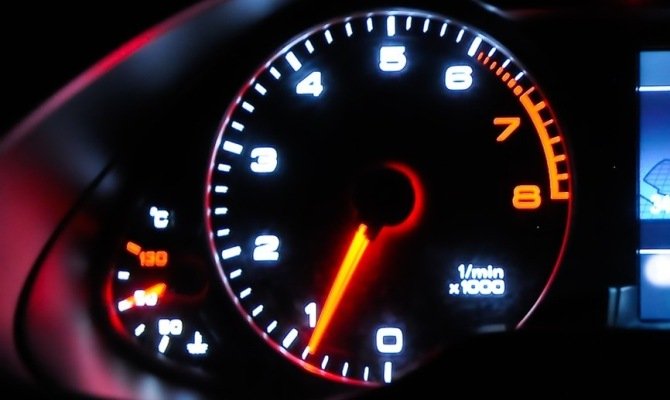
Warming up the engine
However, if the power unit is not warmed up, then the depreciation of parts associated with the difference in the size of cold engine spare parts will increase significantly. Plus not enough lube. All this is extremely bad for the general condition of the motor and can lead to sad consequences.
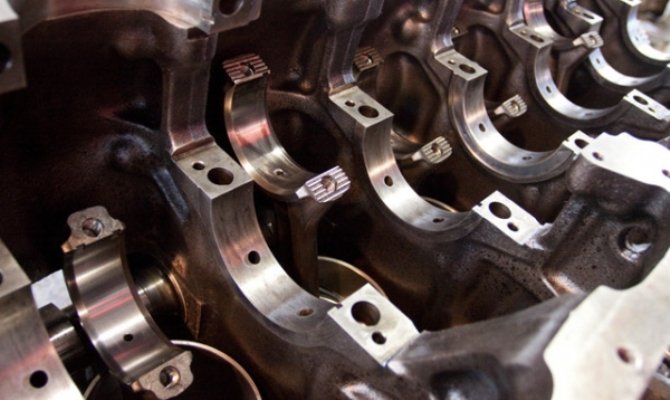
Depreciation of parts
So how do you resolve these disagreements? The answer is banal, you just need to follow the manufacturer's recommendations. It is very important to know to what temperature the engines warm up. So, for example, domestic cars can be operated after the engine has warmed up to at least 45 ° C. True, the optimal temperature, as well as the warm-up time, depend on the type of motor, season, weather, etc. Therefore, the situation should be approached individually.
Features of engine operation in winter and summer
It is impossible to ignore the warming up of the engine in winter, especially if it is -5 and even more so -20 ° C outside. Why? As a result of the interaction of the combustible mixture and the spark on the candles, an explosion occurs. Naturally, the pressure inside the cylinders increases significantly, the piston begins to reciprocate and through the crankshaft and cardan ensures the rotation of the wheels. All this is accompanied by high temperatures and friction, which contributes to the rapid wear of parts. To make it minimal, it is necessary to lubricate all rubbing surfaces with oil. What happens at sub-zero temperatures? That's right, the oil becomes thick and the proper effect will not be achieved.
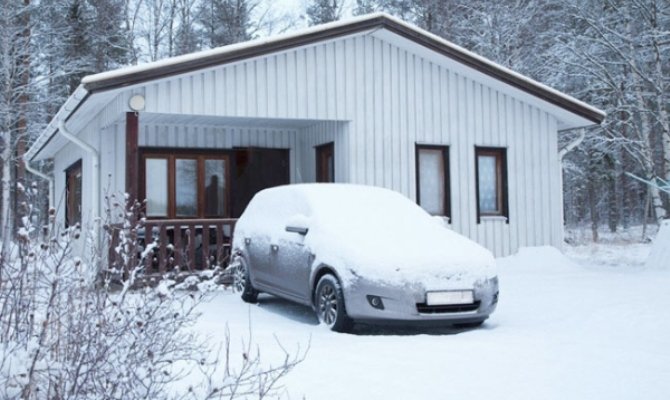

Warming up the car in the cold
What to do if the temperature outside is positive in winter? Do I need to warm up the engine or can I start driving right away? The answer is unequivocal - you can not get under way. In this case, you can simply reduce the warm-up time, for example, from 5 to 2-3 minutes. When it gets colder, you should be more careful with the operation of your transport. Do not immediately pick up speed, let the car work in "light" mode. Until the engine reaches operating temperature (for most cars it is 90 ° C), do not exceed 20 km / h. Turning on the stove in the cabin will also have a bad effect until the engine temperature reaches 50–60 ° C. It is this temperature that is considered the norm for warming up with the onset of frost.
If everything is clear with winter, then how to be hot in summer, is it necessary to warm up the engines at this time of the year? Even at +30 °C, let the car idle for a while, at least 30-60 seconds.
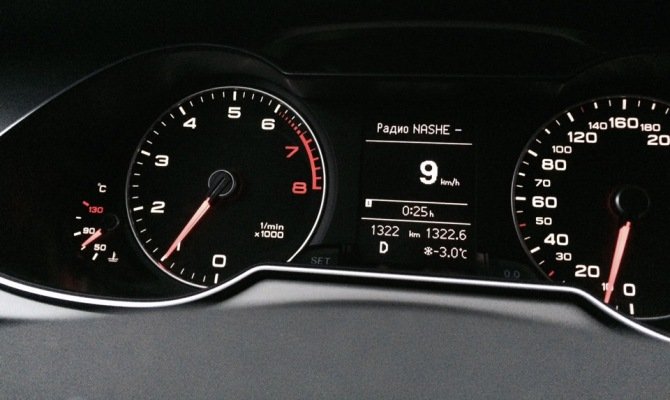

Auto idle operation
The operating temperature of the engine is 90 ° C, so no matter how hot the season is, the engine still needs to be heated in the summer, even if not by 110 ° C (as at -20 ° C). Naturally, such a difference affects the procedure time, and it is reduced to only a few tens of seconds. Even in the engine, normal operating pressure must be ensured, and this also takes time. In this way, Whenever events happen, be it cold winter or hot summer, take care of your car anyway - forget about "quick starts", do not exceed 20 km/h and 2000 rpm until the engine reaches normal operating temperature.


Watch this video on YouTube
The ratio of diesel and injector to preheat
Why is it necessary to warm up a diesel engine and how is it carried out? A feature of these units is smooth operation even in a cold state. A diesel car starts without problems and often behaves perfectly, but the lack of warming up will have a bad effect on its details. Excessive stresses will arise and wear will increase, so that very soon the question of repair or complete replacement of the diesel engine will arise.
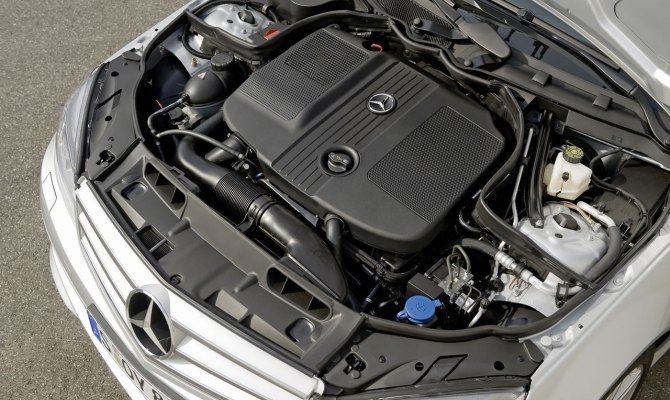

Diesel engine
The warm-up time is 3 to 5 minutes at idle. But avoid a lengthy procedure, otherwise carbon deposits and resin deposits form on the surface of the parts. Turbocharged engines should be allowed to idle for at least 1-2 minutes. This will reduce the depreciation of the turbine.
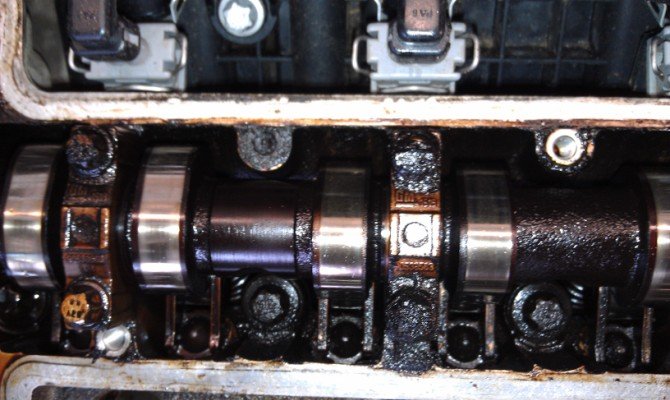

Carbon deposits on the surface of parts
Most of all, opinions differ regarding the injection engine, is it necessary to warm it up? Even some manufacturers of foreign cars argue that such an operation should be excluded. But it is better to warm up this type of motor for at least 1 minute in winter. If the car is stored in a garage, in a parking lot or in another place where the temperature is below zero, then it would be nice to double this time. In summer, a few seconds are enough, but only if the fuel system is working and high-quality synthetic oil (recommended by the car manufacturer) is used.
Why does the engine not start or start reluctantly?
We can consider the question of whether it is necessary to warm up the engines, exhausted. However, very often we encounter problems even after this operation. Sometimes an already warm engine does not start, and the reason for this may be overheating, as a result of which the antifreeze temperature sensor or the cooling system booster pump fails.
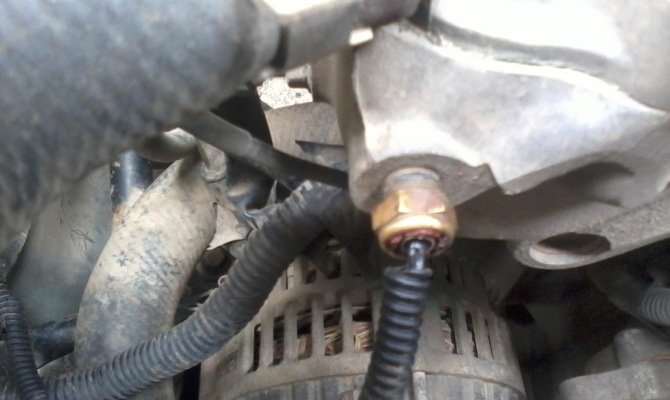

Antifreeze temperature sensor failure
There may also be a coolant leak and a decrease in compression in the cylinders. Then the engine will stall while driving, and then start up very problematic. Be sure to check the coolant level and top up if necessary. Then slowly, so as not to overload the power unit, get to the service station, where specialists will diagnose and eliminate the malfunctions that have arisen.
It also happens that a well-warmed engine does not start well after a short stop, it is often called “hot”. This phenomenon has a very logical explanation. During movement, the temperature of the carburetor is much lower than the motor, since a powerful air flow passes through the first and cools it. After you turn off the ignition, the engine intensely gives off its heat to the carburetor, which causes gasoline to boil and evaporate. The result is an enriched mixture, possibly even the formation of vapor locks.


Boiling and evaporation of gasoline
When you open the throttle, the mixture normalizes. Therefore, starting a “hot” engine is fundamentally different, in this case you can even press the gas pedal to the floor. After the engine comes into working condition, do a few more gas passes, so you normalize the combustible mixture as quickly as possible. In some cases, this mainly concerns the product of the domestic auto industry, such a launch may not give a result. Be sure to look at the fuel pump and, if necessary, forcibly cool it, for example, by pouring water on it. Did it help? Be sure to replace the petrol pump with a new one as soon as possible.
Turnovers float or a knock is heard - we are looking for a problem
If the engine starts well, but the speed floats on a preheated engine, then most likely there is an air leak on the air pipe or the cooling system is air-filled. Most often, this problem occurs in cars with electronic injection. In this case, all ongoing processes are controlled by the computer, including the calculation of the required amount of air. But its excess leads to inconsistencies in the program, and as a result, the revolutions float - then they fall to 800, then they rise sharply to 1200 rpm.
To solve the problem, we tighten the crankshaft rotation adjustment screw. If it does not help, then we are trying to determine the place of air leakage and fix the problem. It is possible that you will have to dismantle the air duct located in front of the throttle. You will find a small hole in the pipe (about 1 cm in diameter), plug it with your finger. Turnovers no longer float? Then clean this hole with a special tool. Suitable aerosol for cleaning carburetors. Spray once and immediately turn off the engine. Then repeat the procedure and, after letting the engine rest for 15 minutes, start it. If it is not possible to normalize the operation of the valve of the heating device, then you will simply have to plug this hole and go to the service station.
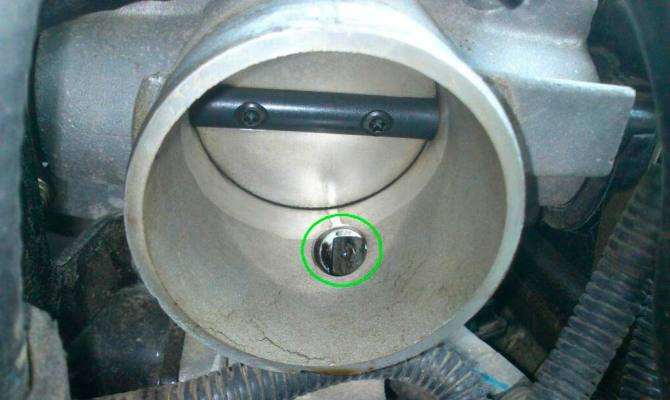

Throttle cleaning
Another reason for this unstable behavior of the car can be a malfunction of the device for forced increase in the idle speed of the crankshaft. You can try to repair the collapsible element on your own. But most often this part is not disassembled, and the situation can only be saved by a complete replacement. The speed also floats if the crankcase ventilation valve is stuck. To clean it, you should place the element in a special solution, and then blow it with air. If there is no result, then replacement cannot be avoided.
What to do when the speed drops on a successfully warmed up engine? Most likely, you need to replace the mass air flow sensor. However, this is not the only element due to which the turnover is falling. The coolant temperature sensor or the device responsible for the throttle position is probably out of order. Or maybe the performance is falling due to excessively dirty candles? Check their condition, it may be that sufficient traction is lost on a warm engine precisely because of them. Doesn't hurt to check the fuel pump. It may not develop the required working pressure. Diagnose immediately and replace any defective parts.


Replacement of defective car parts
The cause of knocking on a warm engine can be a banal lack of oil. As a result of this oversight, the parts rub against each other and make a characteristic sound. Add lubricant, otherwise knocking is a small part of the discomfort, premature wear cannot be avoided. After this operation, be sure to listen to your car. If the knock still does not subside, then, most likely, the matter is in the crankshaft bearings and their replacement is urgent. The fading sounds are not so dangerous. However, you still have to diagnose the vehicle.
Now let's talk about the last problem of an ecological nature. What to do if crankcase gases have increased pressure on a warm engine? First of all, you should pay attention to compression. If it is in order, then clean the crankcase ventilation system, the gases should return to normal. And when it's all about compression, get ready at least to replace the rings.


Watch this video on YouTube
